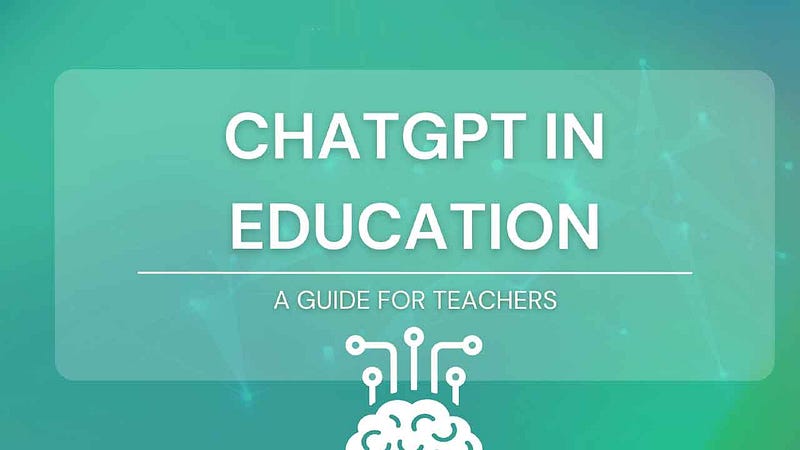
In the 21st century, the integration of technology into classrooms has transformed the landscape of education. Among the various tools that have made this possible, ChatGPT, a sophisticated language model developed by OpenAI, stands out for its innovative potential. Particularly intriguing is its potential application in early years classrooms, where it can serve as a tool to enhance teaching methods and foster a more engaging learning environment. This article delves into how teachers can effectively use ChatGPT as a teaching aid in early years classrooms.
Unraveling the Power of ChatGPT
ChatGPT is an AI language model that generates human-like text by predicting the next word in a sequence. Trained on a wide variety of internet text, it can understand and respond to prompts, offering information, answering queries, and even generating creative content. Its capabilities can be harnessed to facilitate interactive learning experiences, making it a valuable tool for teachers in early years classrooms.
Using ChatGPT as a Teaching Aid
ChatGPT’s integration into a classroom can take various forms, ranging from interactive storytelling to personalized learning assistance. Here’s how teachers can leverage ChatGPT:
1. Interactive Storytelling: Storytelling is a powerful teaching tool, particularly for young children. ChatGPT can be used to generate creative stories, fostering a rich imagination among students. Furthermore, it can create interactive storytelling experiences, allowing students to contribute to the plot, with ChatGPT building upon their ideas.
2. Facilitating Learning: ChatGPT can help explain various concepts in a simple and engaging way. Whether it’s explaining why the sky is blue or the life cycle of a butterfly, ChatGPT can provide detailed, easy-to-understand responses. This can serve as a valuable tool for reinforcing classroom learning.
3. Homework Assistance: Teachers can introduce ChatGPT as a homework assistant. Students can pose their questions or doubts, and ChatGPT can provide explanations and guidance, ensuring continuous learning outside of classroom hours.
4. Boosting Creativity: ChatGPT can be used to stimulate creativity among students. For example, in a drawing class, it could suggest what to draw, or in a writing task, it could propose interesting prompts.
Implementing ChatGPT in the Classroom
Using ChatGPT in the classroom involves providing it with a user prompt, to which it will generate a response. Teachers can set the context by beginning with a system message, which describes the role and behavior of ChatGPT, followed by user messages that guide its responses.
For instance, to use ChatGPT for storytelling, the teacher could initiate the interaction with, “You are a storyteller narrating a tale about a brave young girl in a magical forest.” Then, the story can be developed through subsequent user messages.
To facilitate the learning process, teachers can provide explicit instructions to ChatGPT, asking it to simplify explanations or provide examples. This ensures that the information is appropriate and comprehensible for young students.
Navigating the Limitations of ChatGPT
While ChatGPT is a powerful tool, it’s important to understand its limitations. It generates responses based on the patterns it has learned from its training data and doesn’t have real-time access to the internet or any personal data unless provided during the conversation. Therefore, its use should be supplemented by the teacher’s guidance and expertise. Also, it’s advisable to monitor its use, especially with young children, to ensure the content generated is appropriate and safe.
The Future of AI in Early Years Education
The use of ChatGPT in early years classrooms signifies a broader trend of AI’s growing role in education. With advancements in AI and machine learning, personalized and interactive learning experiences are becoming increasingly possible. These innovations could redefine teaching methodologies, fostering a more engaging and effective educational environment.
Conclusion
The incorporation of AI tools like ChatGPT in the classroom represents an exciting frontier in education. For early years classrooms, where fostering creativity, curiosity, and a love for learning is paramount, ChatGPT offers a versatile tool that can enhance teaching methods and engage young minds in novel ways. By understanding how to effectively use it, teachers can revolutionize their classrooms, preparing their students for a future where technology and learning go hand in hand.
Find more … …
Revamping the Learning Landscape: The Powerful Influence of AI in the Evolution of Education
ChatGPT and the Intelligence Revolution: Shaping the Future of AI